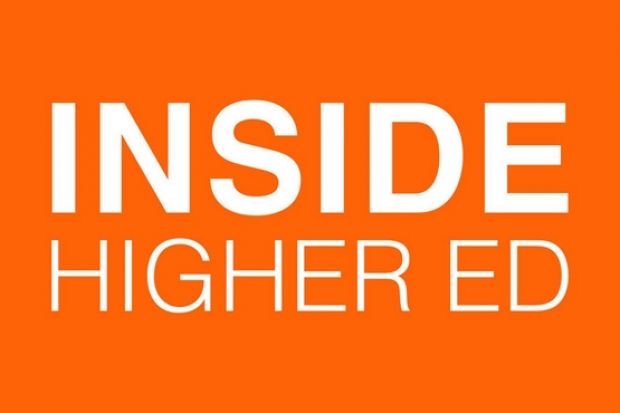International students play a critical role in sustaining quality science, technology, engineering and mathematics (STEM) graduate programmes at US universities, a new report from the National Foundation for American Policy (NFAP) argues.
It will come as no surprise to observers of graduate education that the report documents the fact that foreign students make up the majority of enrolments in US graduate programmes in many STEM fields.
They account for 70.3 percent of all full-time graduate students in electrical engineering, 63.2 percent in computer science, 60.4 percent in industrial engineering, and more than 50 percent in chemical, materials and mechanical engineering, as well as in economics (a non-STEM field).
However, the report, which analyses National Science Foundation enrolment data from 2010 by field and institution, also shows that these striking averages mask even higher proportions at many individual universities.
For example, there are 36 graduate programmes in electrical engineering where the proportion of international students exceeds 80 per cent, including seven where it exceeds 90. (The analysis is limited to those programmes with at least 30 full-time students.)
“International students help many universities have enough graduate students to support research programmes that help attract top faculty and that also thereby help US students by having a higher-quality programme than they otherwise would have,” said Stuart Anderson, NFAP’s executive director and author of the report.
Without them, he said, “you’d see a shrinking across the board where you’d have just certain schools that are able to support good programmes. That would lead to a shrinking of US leadership in education and technology if you have many fewer programmes with high-quality research and top-level professors.”
“To some extent this reflects some of what’s going on in our society within the US in terms of trying to push for more interest in STEM fields,” said Jonathan Bredow, professor and chair of the electrical engineering department at the University of Texas at Arlington, a programme with more than 90 per cent international enrolment.
“Domestic students tend to be more interested in going out and getting a job right after a bachelor’s degree. Some see a value of getting a master’s degree but in terms of the PhD, I think it’s largely seen as unnecessary.”
“There’s a relatively small number of high-quality domestic students who can be accepted into our master’s and PhD programmes,” said Leonid Tsybeskov, professor and chair of the electrical and computer engineering department at the New Jersey Institute of Technology. He added that those domestic students who are strong candidates typically apply to higher-ranked programs than NJIT’s.
Indeed, said Mr Anderson, “you talk to the professors, they say, ‘OK, if we were MIT or Stanford we could get all the top US students’, but by definition there are only a few of those schools. Obviously everyone can’t be MIT or Stanford.”
At the Massachusetts Institute of Technology, the proportion of international students in graduate electrical engineering programmes is 52.5 percent and, in computer science, 35.3 percent. At Stanford, 56 per cent of graduate electrical engineering students and 43.7 per cent of graduate computer science students are international.
The report also emphasises the value that international students can bring to the US economy after graduation as researchers and entrepreneurs.
Measures that would make it easier for STEM graduate students to obtain visas to work in the US after graduation – measures that many in higher education see as crucial to the US maintaining its edge in attracting international graduate students - are pending in Congress (and are included in the comprehensive immigration bill recently passed by the Senate).
“This report is very well-timed,” said Julia Kent, director of communications and advancement for the Council of Graduate Schools. “Obviously, for the policy reasons - the pending legislation about STEM visas - and second because there is data out there right now which suggests that we have some cause for concern in this country about the flow of international graduate students to the United States which we have always counted on.
“There is now more competition for international graduate students. Other countries are developing policies to promote the influx of foreign students to their shores, and there are also ways in which the current economy in the United States has reduced funding support for graduate students, which makes it more difficult to attract students to US programmes with attractive funding packages.”
CGS data on applications to US graduate schools released in April show that total international applications grew by a meager 1 per cent this year and that there were actually drops in applications from certain key sending countries, including China (-5 per cent), South Korea (-13 per cent) and Taiwan (-13 per cent). On the plus side, applications from India increased 20 per cent.
“It’s too soon to know how this data will actually affect enrollments, but the preliminary data show that there is some cause for concern,” Ms Kent said.




